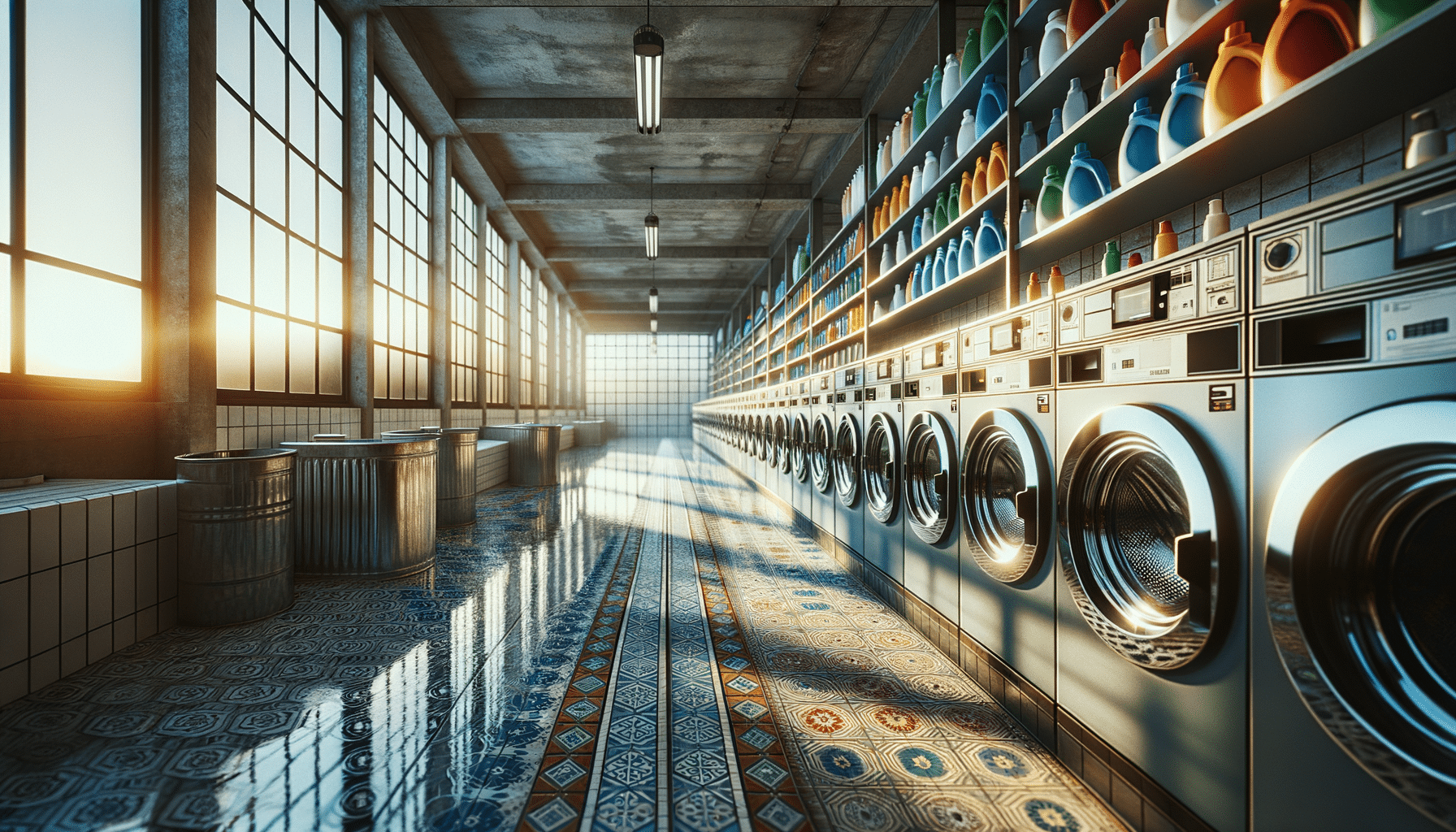
The Impact of Upcycling on Reducing Environmental Waste
Upcycling has emerged as a pivotal practice in the circular economy, transforming waste materials into valuable products and significantly reducing environmental waste.
Understanding Upcycling
Upcycling involves repurposing discarded materials into new, functional items of higher quality or value. This process not only minimizes waste but also conserves resources by reducing the need for raw materials.
Expert Opinions on Upcycling
According to the Ellen MacArthur Foundation, upcycling is a crucial component of the circular economy, promoting sustainable resource use and waste reduction.
Statistics Highlighting Upcycling’s Impact
A report from the European Environment Agency indicates that upcycling can reduce waste by up to 20%, highlighting its potential in tackling global waste challenges.
Examples of Upcycling in Action
Consider the case of a small business that transforms old textiles into fashionable bags and accessories. This not only diverts waste from landfills but also creates unique, sought-after products.
Actionable Tips for Upcycling
- Start small by upcycling household items, such as turning glass jars into storage containers.
- Participate in local upcycling workshops to learn new skills and techniques.
- Support businesses that embrace upcycling practices.
Benefits of Upcycling
| Benefit | Description |
|---|---|
| Waste Reduction | Decreases the volume of waste sent to landfills. |
| Resource Conservation | Minimizes the need for raw materials. |
| Economic Opportunities | Creates new business ventures and job opportunities. |
| Environmental Impact | Reduces carbon footprint and pollution. |
| Creativity Boost | Encourages innovation and creative thinking. |
| Community Engagement | Fosters a sense of community through shared upcycling projects. |
| Cost Savings | Reduces costs by reusing materials instead of purchasing new ones. |
| Unique Products | Produces one-of-a-kind items that stand out in the market. |
Frequently Asked Questions
What is the difference between recycling and upcycling?
Recycling typically breaks down materials to create new products, while upcycling transforms waste into higher-value items without breaking them down.
How can I start upcycling at home?
Begin by identifying items you no longer use and brainstorming ways to repurpose them into something useful or decorative.
Conclusion
Upcycling is a powerful tool in the fight against environmental waste, offering numerous benefits from reducing landfill contributions to inspiring creativity. Embracing upcycling practices not only supports the environment but also nurtures economic and social innovation. Consider incorporating upcycling into your daily life and support initiatives that promote this sustainable practice.


